50 Things Photographers Need to Know About Focus
An Enthusiast's Guide
John Greengo
Ebook, Photography
While focusing your camera seems like it should be a no-brainer—there’s autofocus, after all!—it’s often not a simple task. Depending on the shooting situation, your camera, and the countless scenarios that can “throw off” the focus, the task of achieving sharp images with great focus can be deceptively challenging...
Read More
Read More
- Print and eBook Bundle: $39.99
- Print Book: $29.95
- eBook: $23.99
| BOOK AUTHOR | John Greengo |
|---|---|
| PAGE COUNT | 156 pages |
| TRIM SIZE | 8.5 x 8.5in |
| COVER | Soft Cover - with flaps |
| ISBN | 9781681985008 |
| PUBLISH DATE | 08/2019 |
- Table of Contents
- Chapter 1: The Basics of Focus
- Chapter 2: Primary AF Controls
- Chapter 3: Mirrorless Autofocus
- Chapter 4: DSLR Autofocus
- Chapter 5: Customizing the AF System
- Chapter 6: Autofocus and Lenses
- Chapter 7: Manual Focus Techniques
- Chapter 8: Exposure Control for Focus
- Chapter 9: Advanced Focusing Techniques
- Chapter 10: Other Focus Topics
6 reviews for 50 Things Photographers Need to Know About Focus
You must be logged in to post a review.

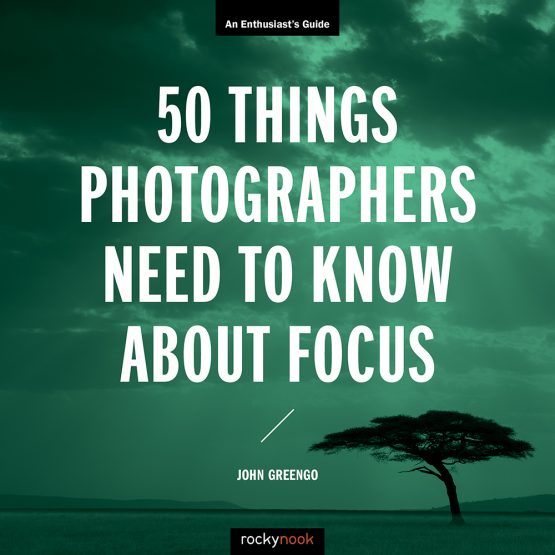
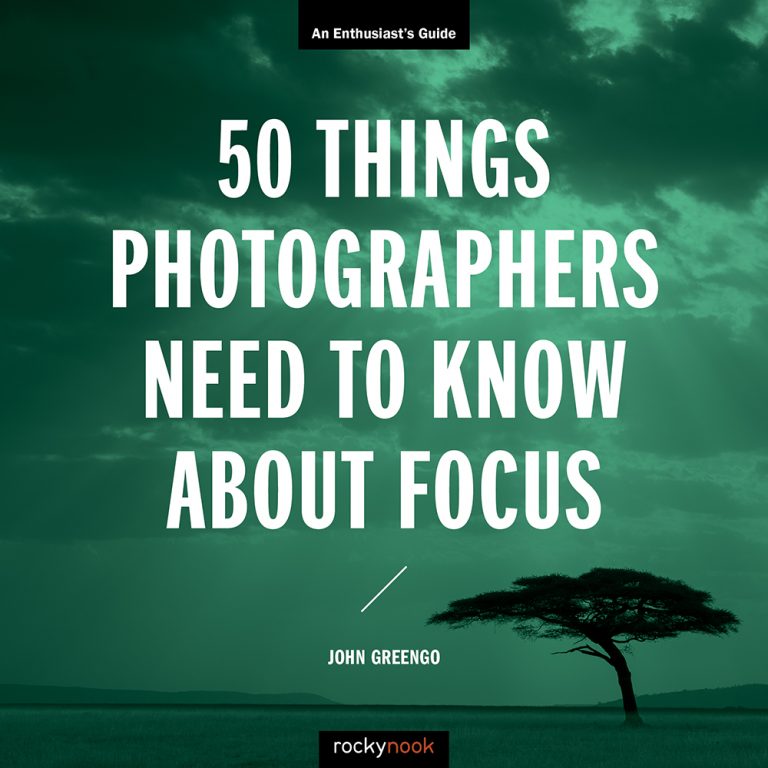
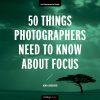
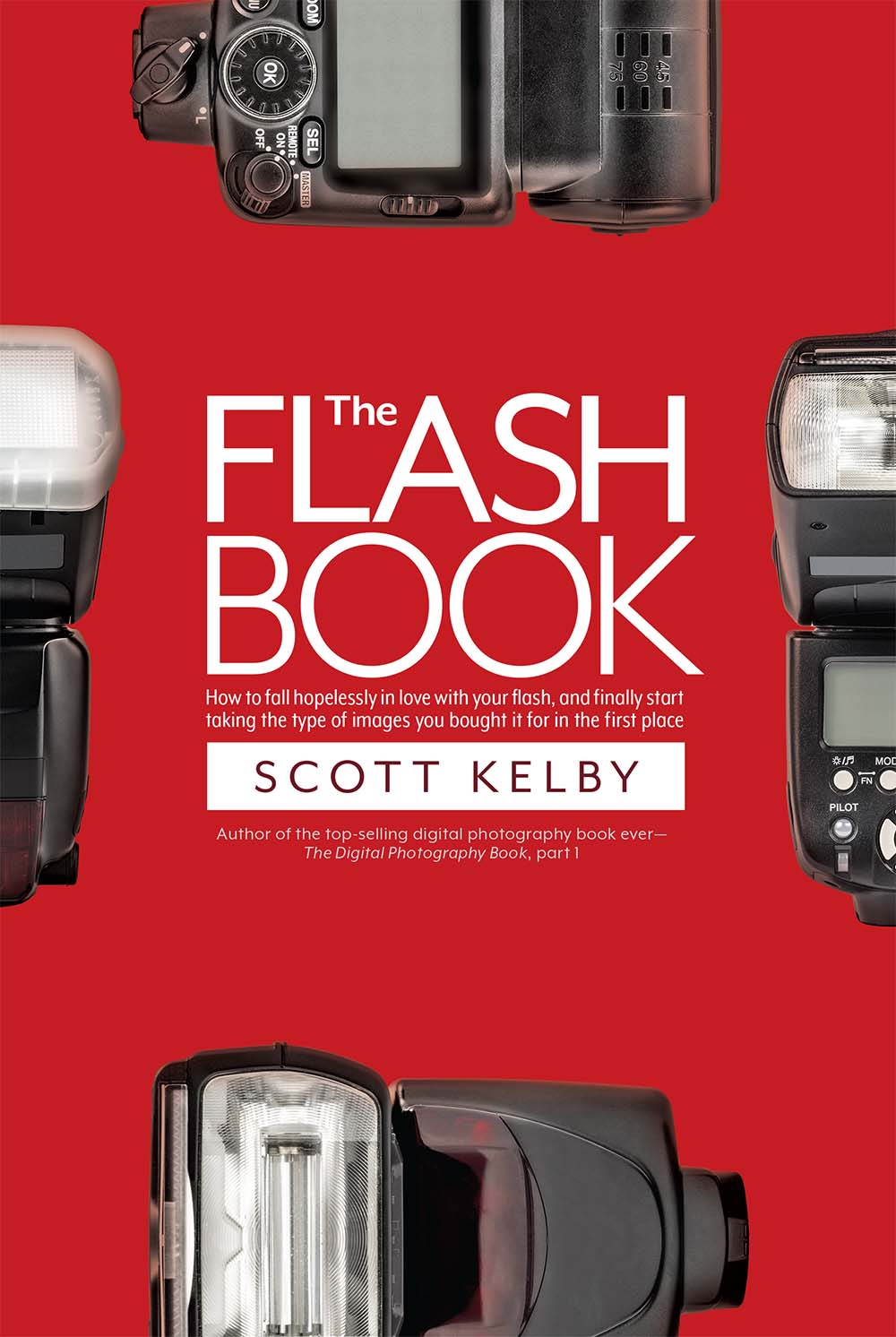



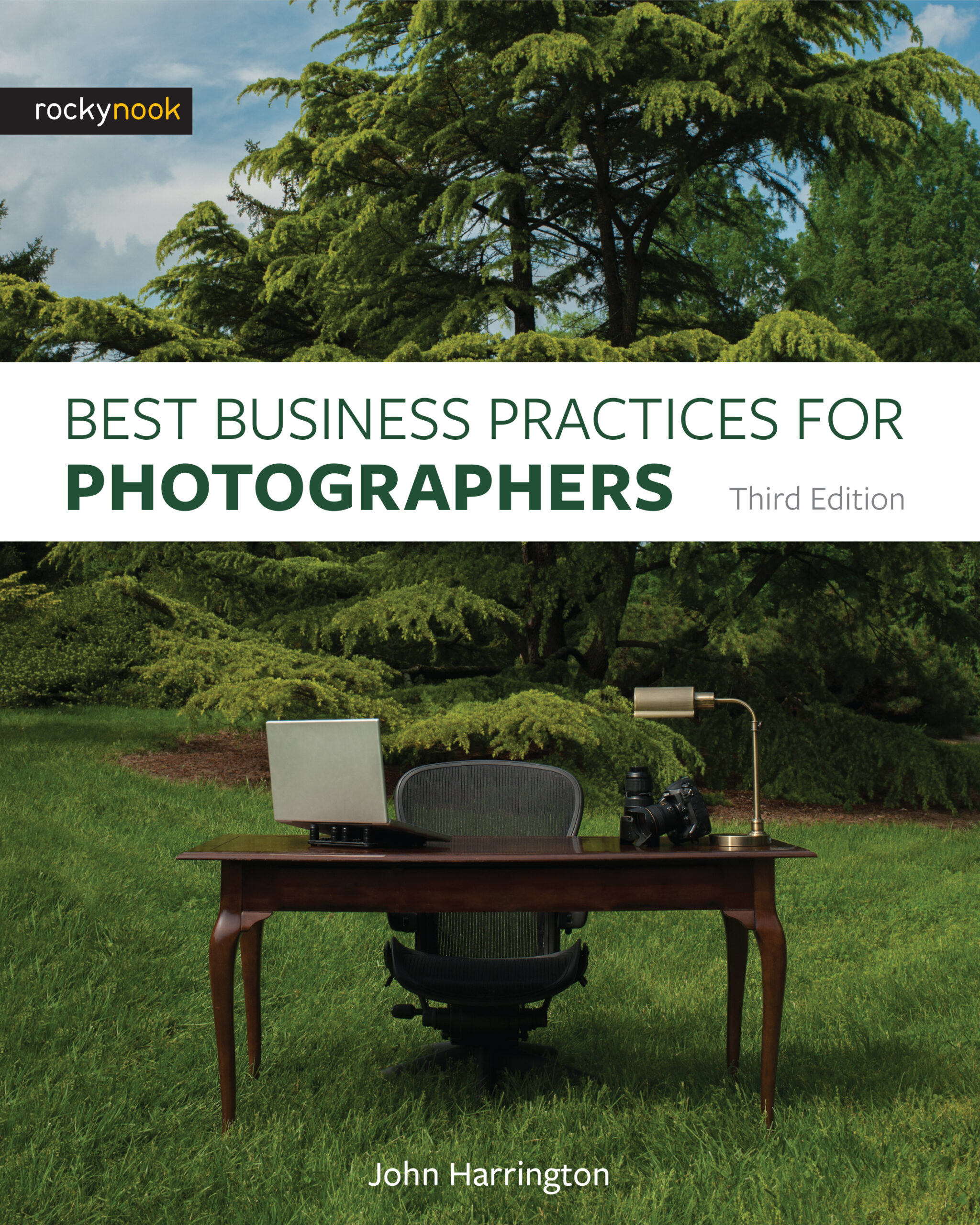

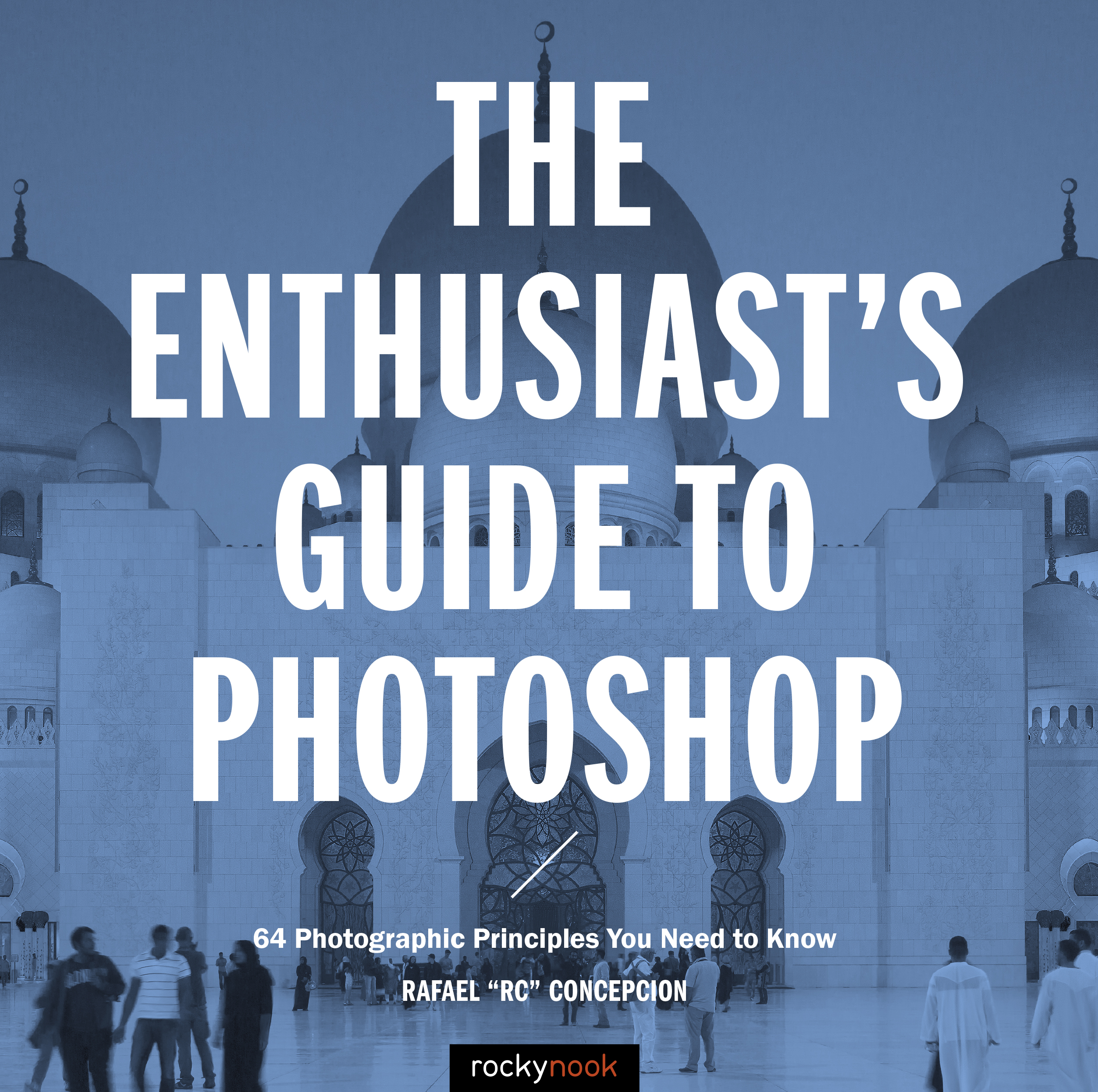
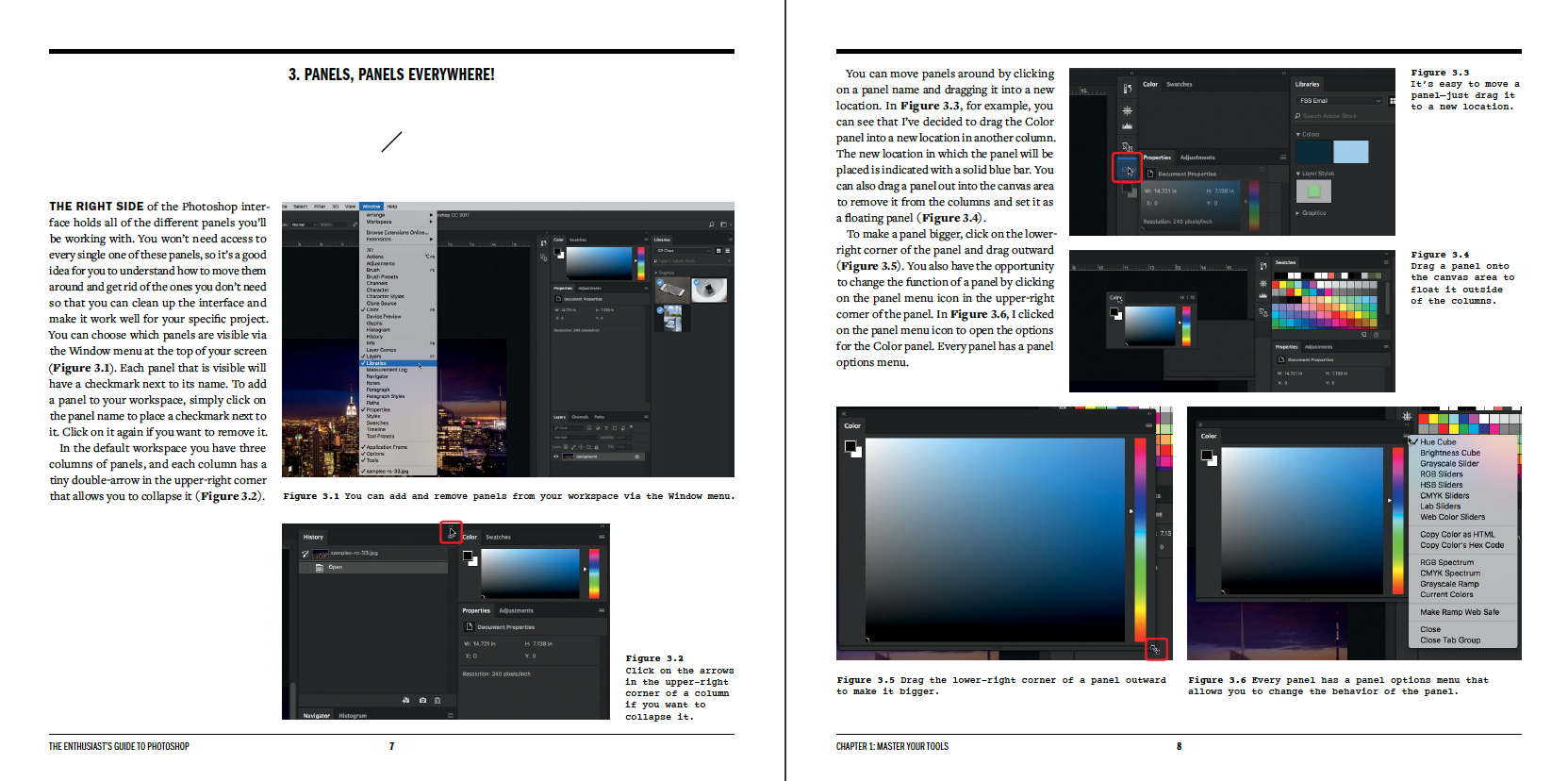
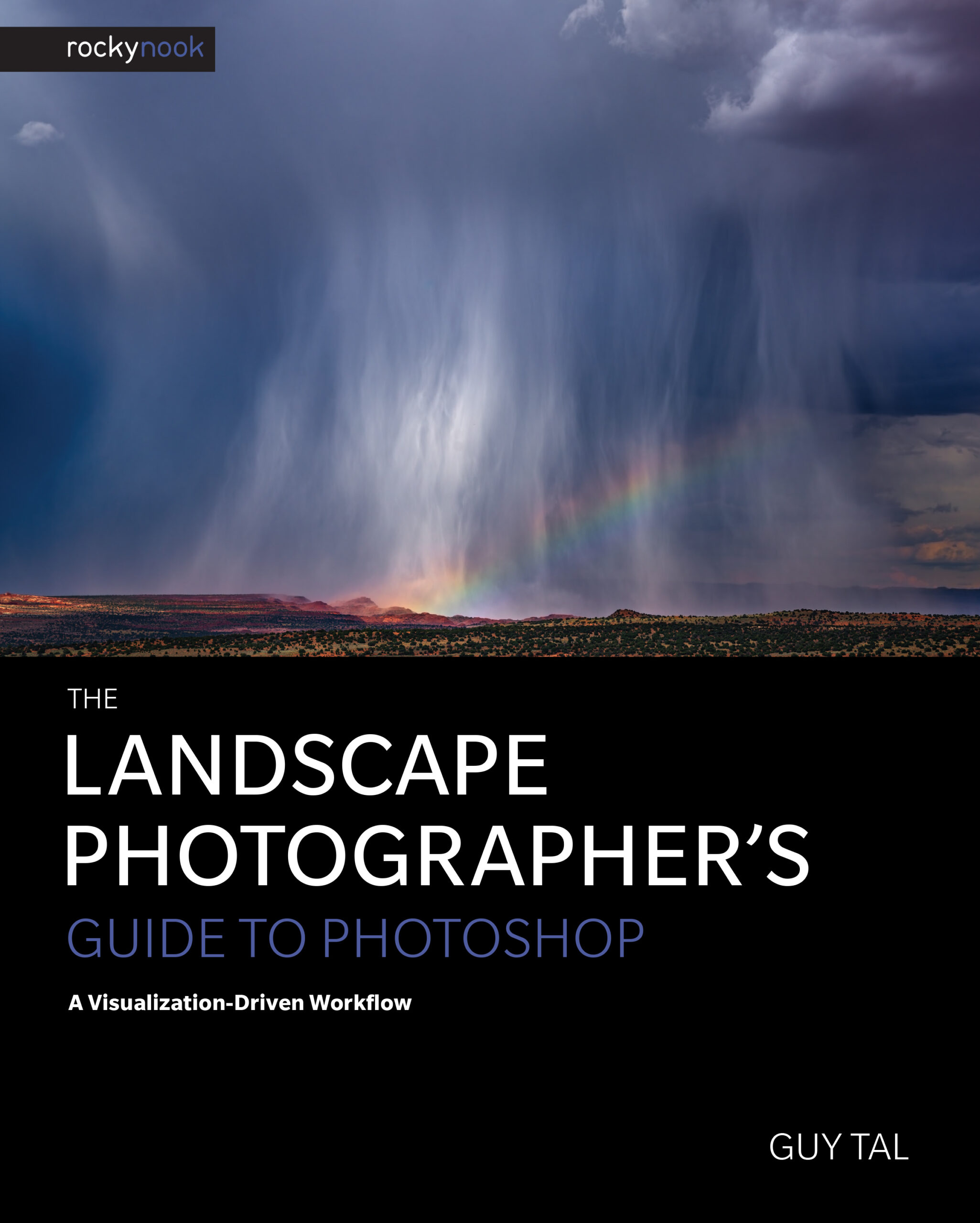
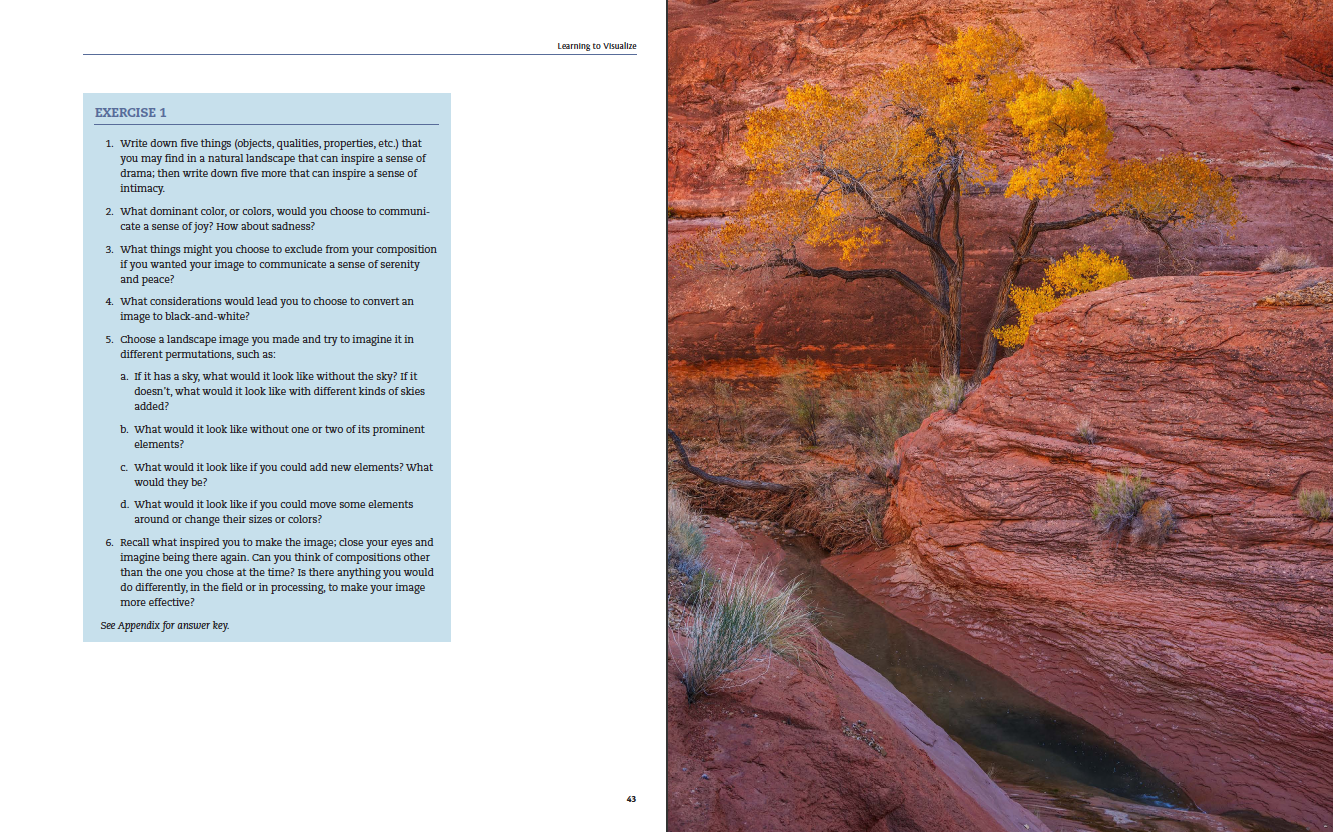


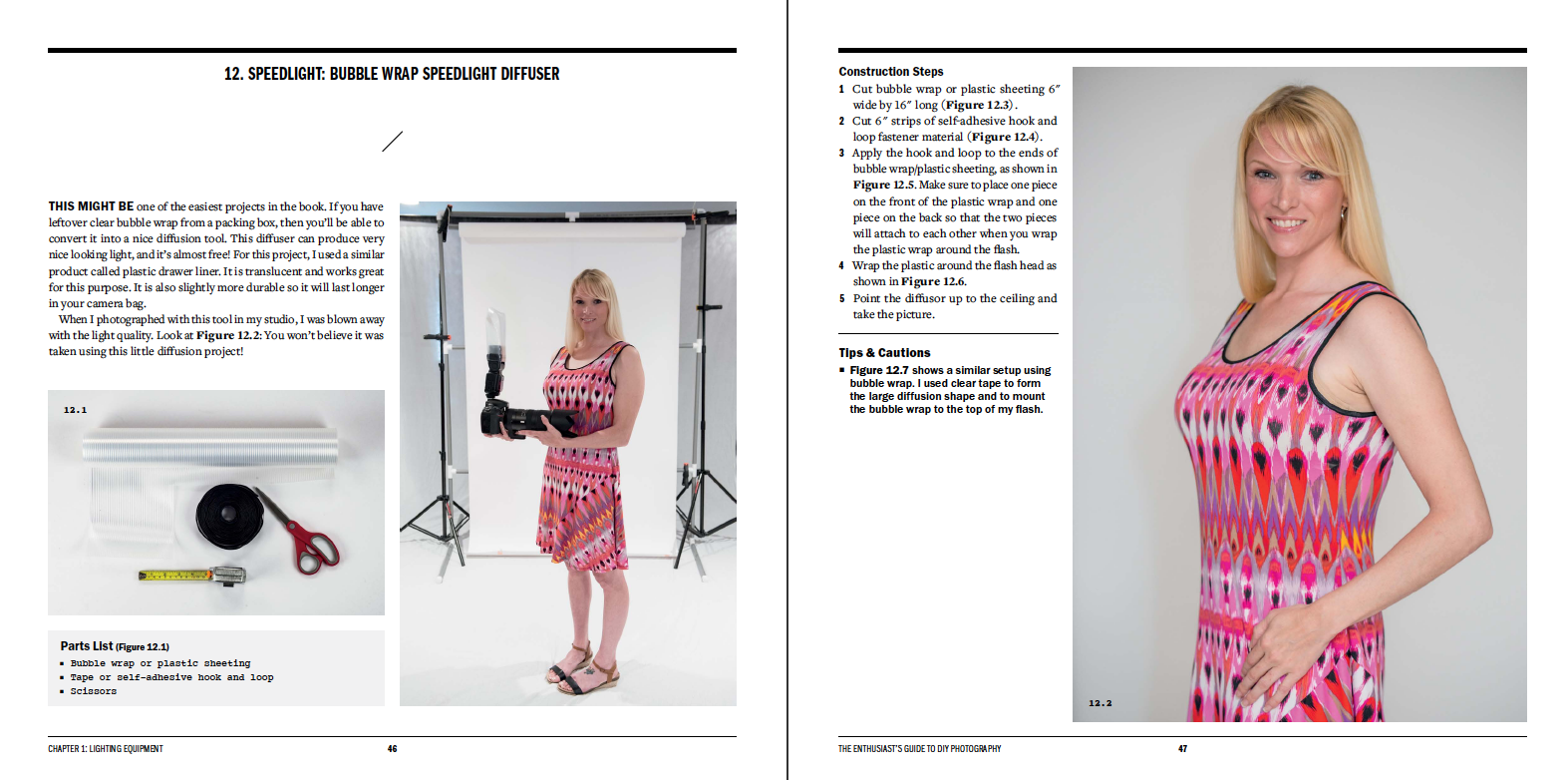

Gloria
This is a book I have been waiting for for a long time – an excellent how to on focus. Nothing more important and Greengo does an excellent job of telling us how to achieve it. Wow, I love this book already: begins with the basics of focus and ends up with postproduction sharpening and particular focus problems, so seems to cover the gamut. As the author points out, focus cannot really be fixed to any extent postproduction. White balance, color, and even depth of field can be changed, but focus generally is what it is. He points out that he has no problem throwing away badly focused images because he knows there will not be a fix for bad focus postproduction anytime in the near future 🙂
I was reassured to read that the author believes that focusing takes a lot of work and requires a lot of knowledge on the part of the photog. Give me confidence that my focus failures are not that unusual. One tip I value is he tells us to look at our out-of-focus images to try to determine what we did wrong. I have not been doing this thoroughly or even with much intention but will do so now. His point is well taken: how do we improve if we don’t know where we need improvement! Typical of this author, he offers unusually insightful methods of determining why your focus isn’t right. For example, if it is the camera that did not focus correctly, you should probably choose a smaller or larger focus point.
The author not only discusses in useful detail the basic AF controls on DSLR, but also offers an entire chapter on customizing the AF system for your unique needs. Nice to have an entire chapter on customizing! Greengo also devotes an entire chapter to the effect lenses have on focus. He says that the camera is the brains of the operation, but the lens is the muscle :-). He recites a very brief history of the development of focus in lenses as well as a few pages on the technical aspects many of us care about. He then gives equally useful information on prime versus zoom lenses, mirrorless versus DSLR lenses, and other issues critical to focus quality.
A book on focus would really not be complete without at least one section on manual focus, and Greengo gives us an entire chapter – yay! He points out that the digital era actually gives us a lot more options for manual focus in addition to autofocus. I had not realized that. He discusses the split image technique, the micro-prism, focus-peaking, and which lenses are best for manual focusing faster and more precisely. Quite helpfully, the author tells us when we ought to consider using manual focusing: when the subject you are shooting is dark and has low contrast, when you need to focus in the middle of a landscape photo but there is nothing in the middle to focus on, etc.
The chapter title that surprised me the most in this book was “exposure control for focus“. I just don’t think of exposure control as a focus mechanism to any great extent. Of course, shutter speed makes a big difference in whether you have blur which certainly interferes with the focus of a photograph. He gives a useful list of what shutter speeds to use for different purposes. I never get enough of that – so useful to have at the tip of your consciousness when you’re out in the field. I especially appreciate his detailed discussion on shutter speed for portraits.
I already use focus stacking for macro shots sometimes, but Greengo’s discussion still had something to teach me. He points out, for example, that focus stacking doesn’t work as well with landscape photography which I did
not know. Now I won’t have to give it a try! Toward the end the author discusses the fact again that a blurry photo is not likely to be saved in postproduction, but he does take time to explain to us quite clearly the possibilities and limitations of what postproduction work can do. Interesting fact: that our cameras will never be able to record what we see in full, actual detail, regardless of the number of pixels. Greengo’s point in telling us that it is that some postproduction sharpening is a good idea for all photos — because none will have all of the detail there was to see.
His final section is on bokeh, something I work for especially in my macro photography. The author points out to us that, ironically, although photographers are all about focus, at the same time they struggle hard to get just the right out of focus background 🙂 And here again, Greengo gives us what other authors have a missed in my estimation: a brief, cogent discussion of the technical aspects of bokeh — why, at the same aperture, some lenses give more attractive bokeh than others. He also gives a one sentence, excellent summary of how to create bokeh at the end of the book. I’ll leave that for you to discover 🙂
Hard to overstate the usefulness of this book for anyone wondering about how focus works in cameras and lenses, how to achieve it, and what to look for when purchasing photographic equipment. I learned more from this book than any previous piece I’ve read on focus, and the information was easily understandable. Kudos to the author!
Doug (verified owner)
This book covers everything you could possibly ever need to know about focusing.and then some. From getting sharp images to the inner workings of how sharp focusing is accomplished. Highly recommended.
scjcarminati (verified owner)
This book as well of the many other digital books I have purchased from RockyNook are all top shelf and highly informative. I wholeheartedly recommend RockNook Bookstore, 50 Things Photographers Need to Know About Focus, all of the Enthusiast books and pretty much everything else I’ve looked through, read, and purchased have been a welcome addition to my library in the deeper knowledge of all areas of photography, photofinishing and the arts.
jefforns
A long time coming!
The bane to every photographer, from beginner to the most advanced professional is getting and keeping their images sharp, in focus, and as planned by the photographer. Mr. Greengo has a superb knowledge of the focus subject and even more important he has a unique writing ability that allows the reader to understand the most technical of issues.
The book has chapters on camera controls, appropriate lenses for each subject, in-camera techniques, low-light techniques, mirror-lock-up, handheld techniques and many, many more. Mr. Greengo is also very versed in post-processing techniques to aid in sharp focusing.
This is a MUST book for every photographer from beginner to advanced.
wepsphoto
John Greengo’s 50 Things Photographers Need to Know About Focus was something of a surprise- I wasn’t aware that there were 50 things that I could learn that would be of such academic and pragmatic value about something that can seem rather simple. Since the advent of autofocus, the art of focusing has been generally lost to the simple choice of an autofocus mode on one’s camera. Most photographers find a setting that works most of the time and don’t spend time exploring the many options that today’s cameras offer. Greengo shows that this is a mistake.
The book starts off with a discussion of what focus is and a history of how focusing systems have developed into the automated tools that they are today. Greengo does a superb job at exploring the autofocus controls currently used in terms that are general enough to be applicable to all camera systems yet specific enough to provide insight. Very importantly, the book has separate chapters contrasting DSLR and mirrorless autofocus systems- this is essential in this current period of technological transition as most texts have not been updated to cover mirrorless systems.
Greengo explores the variety of customizations that can offer the most accurate autofocusing and addresses the many variables that are not precisely focused-based, but that do effect image sharpness (resolution, camera shake/shutter speed, noise, etc). And though most of the book examines the use of autofocus, techniques of manual focus are explored, along with solid reasons that this may be, at times, the preferred choice.
Finally, techniques including focus bracketing and sharpening, as well as gear like tilt-shift lenses and tripods are discussed to wrap up the overview.
50 Things Photographers Need to Know About Focus is an excellent, in-depth look at the science, tools and application of skills that lead to the proper focusing of images, empowering the reader to better comprehend and then utilize the technology present in today’s cameras.
ssaasa (verified owner)
John Greengo has a way of making sense of complicated subjects. I have several of his Creative Live classes, so I jumped at the chance to buy this book, which focuses (so to speak!) specifically on focus. the book is well laid out and should be applicable to any DSLR or mirrorless camera.